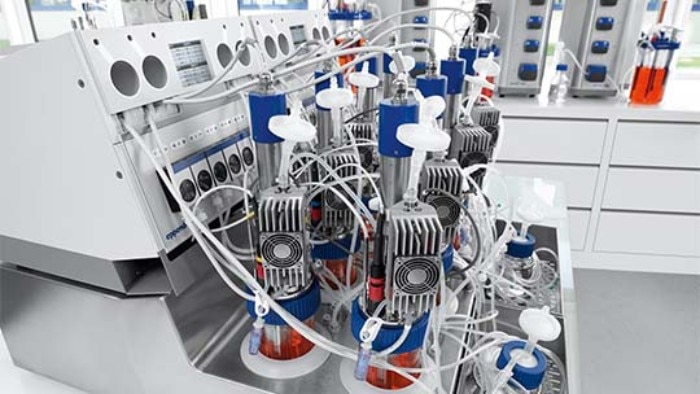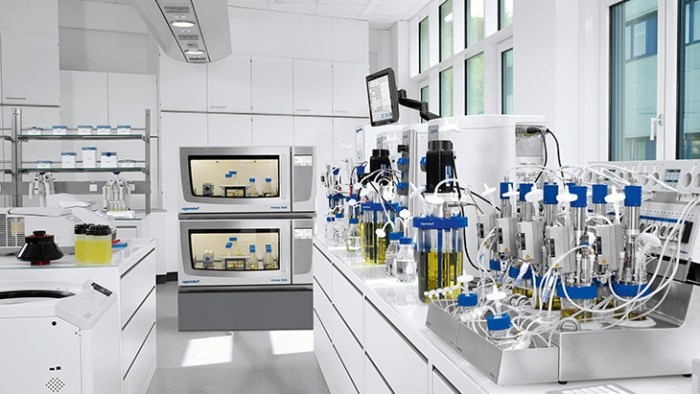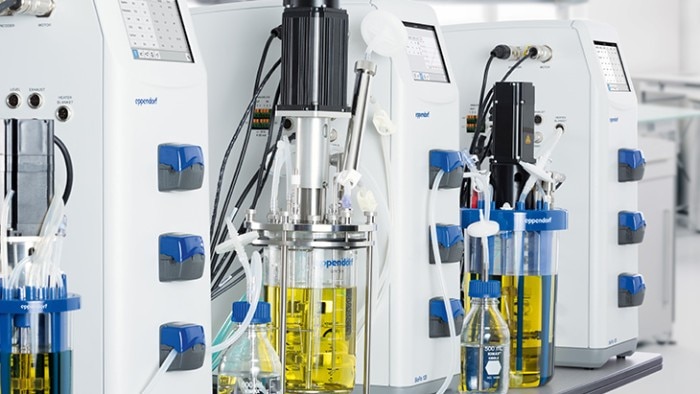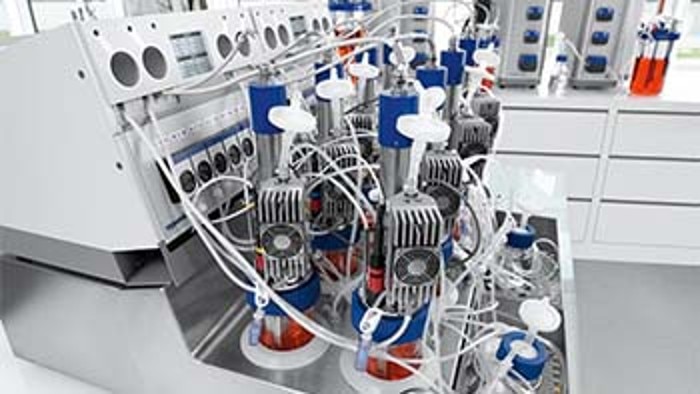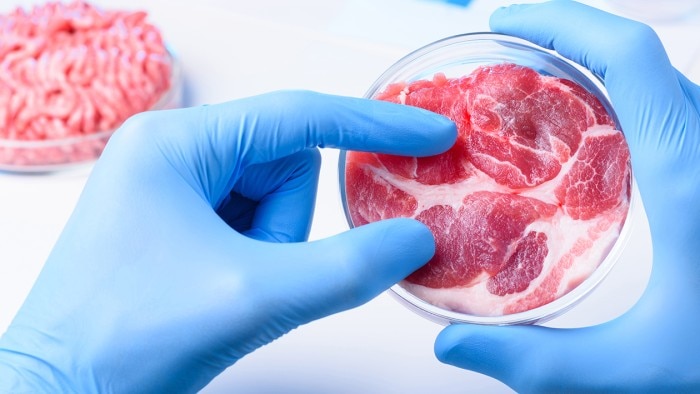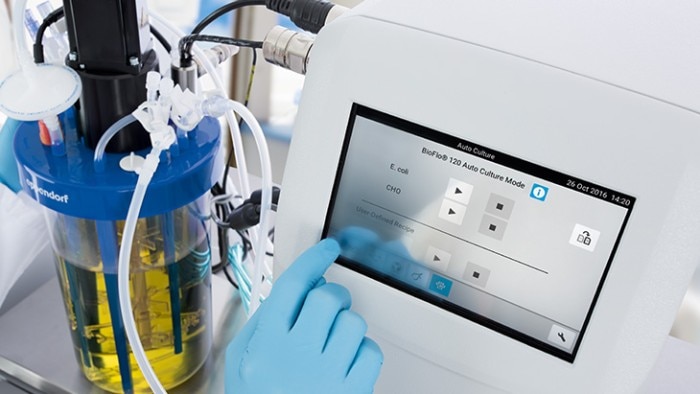MENU
CH | CHF
-
-
-
-
- Forum Labo 2025
- Advanced Therapies Week (ATW) 2025
- SLAS Europe 2025
- Bioprocessing Summit Europe 2025
- Medlab Middle East 2025
- SLAS International 2025
- Biologics World Nordics 2025
- ASIA LABEX: The Lab Show 2025
- BioProcess International Europe 2025
- ISEV 2025
- Future Labs Live 2025
- DataHow Symposium 2025
- Cell 2025
- LabDays 2025
- ILMAC 2025
- ASIA LABEX: The Lab Show 2025
-
-
-
-
- Forum Labo 2025
- Advanced Therapies Week (ATW) 2025
- SLAS Europe 2025
- Bioprocessing Summit Europe 2025
- Medlab Middle East 2025
- SLAS International 2025
- Biologics World Nordics 2025
- ASIA LABEX: The Lab Show 2025
- BioProcess International Europe 2025
- ISEV 2025
- Future Labs Live 2025
- DataHow Symposium 2025
- Cell 2025
- LabDays 2025
- ILMAC 2025
- ASIA LABEX: The Lab Show 2025
CH | CHF
-
- Benchtop Centrifuges
- Floor-Standing Centrifuges
- Refrigerated Centrifuges
- Microcentrifuges
- Multipurpose Centrifuges
- High-Speed Centrifuges
- Ultracentrifuges
- Concentrator
- IVD Products
- High-Speed and Ultracentrifuge Consumables
- Centrifuge Tubes
- Centrifuge Plates
- Device Management Software
- Sample and Information Management
-
- All Pipettes, Dispensers & Automated Liquid Handlers
- Mechanical Pipettes
- Electronic Pipettes
- Multi-Channel Pipettes
- Positive Displacement Pipettes & Dispensers
- Automated Pipetting
- Bottle-Top Dispensers
- Pipette Controllers
- Pipette Tips
- Automation Consumables
- Dispenser & Pipette Accessories
- Automation Accessories
- Dispenser & Pipette Services
No results found
Search Suggestions
Regulatory info
Regarding suitability of Eppendorf bioprocess equipment for the production of food, please reach out to your Eppendorf sales representative.
Bioprocessing for Modern Food
You lead the way to new ways of food bioprocessing. At Eppendorf, we are dedicated to paving your path. The food industry is facing a revolutionary transformation. Emerging production technologies offer more plant-based and animal-free food alternatives that promise to reduce the issues related to livestock – from deforestation to microbial antibiotic resistances, and concerns regarding poor animal welfare.
Whether it is the creation of cultured meat from stem cells, or the production of modern food using fermentation, come and talk to us, we are all ears.
Whether it is the creation of cultured meat from stem cells, or the production of modern food using fermentation, come and talk to us, we are all ears.
Read more
Read less
Discover the world of lab grown meat and how to produce it in bioreactors in our ebook "Bench to burger: The future of food from the lab".

Eppendorf solutions to produce food in the lab
Bioprocessing for modern food is unique to every business and might be based on stem cells, other eukaryotic cell types, or bacteria. At Eppendorf, we pay attention to your specific challenge and we focus on empowering your business with tailored bioprocess solutions.
- Application flexibility: Cultivation of stem cells, mammalian cell lines, and microorganisms
- Scalability: Working volumes from 65 mL to 2,400 L
- Process optimization: Innovative hardware and software solutions to optimize process control, automate tasks, and harness the power of your data
- Time-saving and risk mitigation: BioBLU® Single-Use Bioreactors can be used as an option with most Eppendorf bioprocess systems to reduce the contamination risk and save setup time
Read more
Read less

Customer stories
The real experts are our customers. Meet some of them and find out what their work is all about.
Read more
Read less

